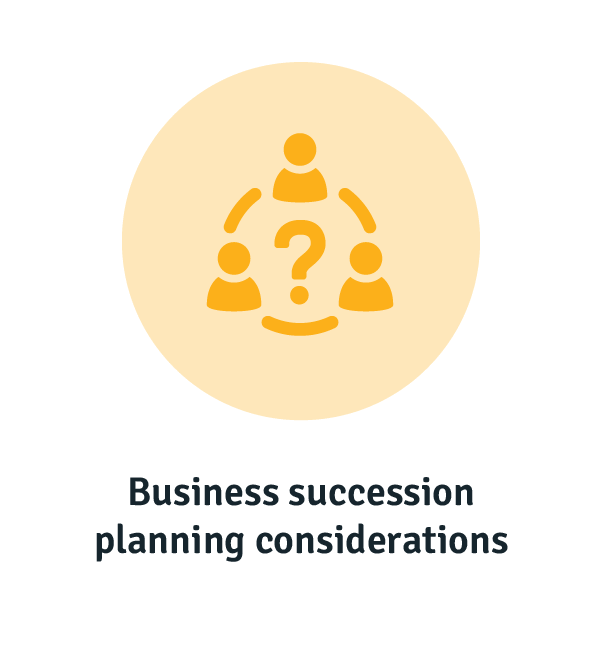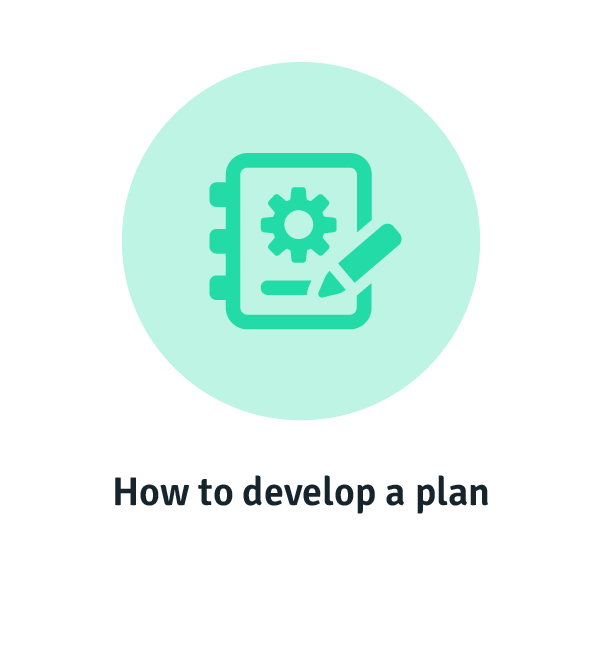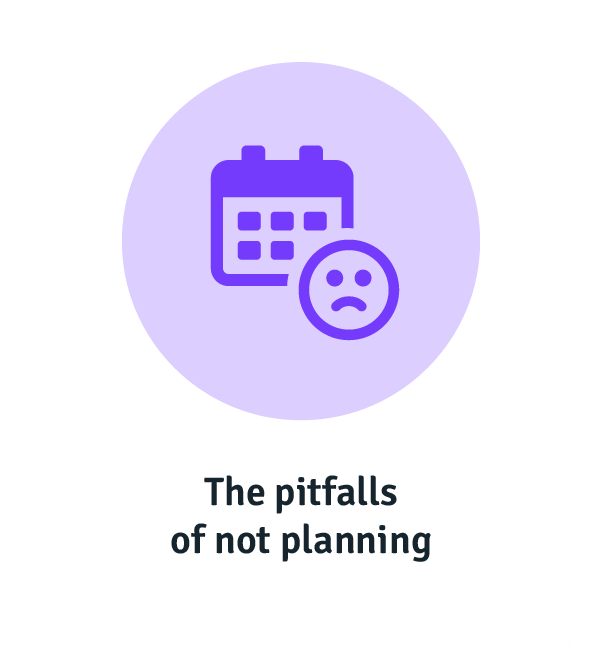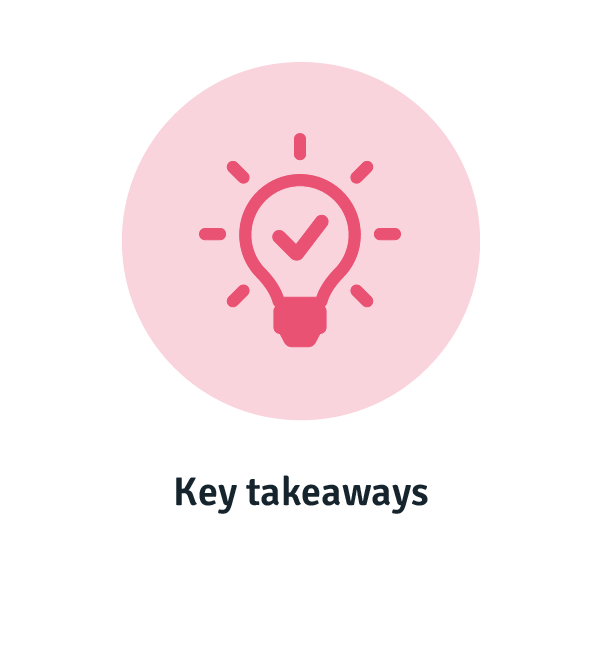While succession planning focuses on the process of preparing an individual for a leadership position, business succession planning is a much bigger beast.
Whether your business is a small family business, midsize or large, there will come a time when you or important employees will leave your organisation. You don’t want these departures to leave your organisation floundering. This is where business succession planning comes into play.
What is business succession planning?
Business succession planning is the long-term process of understanding the future goals, opportunities and potential implications affecting your business. The goal is to ensure your organisation is prepared for a smooth transition of leadership, as well as unexpected circumstances, so you can minimise the negative impacts.
Why is business succession planning important?
Business owners will have to pass the leadership of their business to someone else eventually. The question is who your successor will be when the time comes? And, if something were to happen to you or someone integral to your organisation before a planned departure, what would happen to your business?
Eventually, your business will have to transition into new hands. When the time comes, you’ll want to be sure that your successor is up to the task—but you can’t wait until the final handover before you develop their leadership capabilities. You need to consider the financial futures of everyone involved, from the person departing the business to ongoing staff, partners, and their family members. This is especially important to consider for small or family businesses, as your business contributes to your wealth. You don’t want to be caught without a safety net.
That’s why we’ve developed the first performance learning management system (PLMS) here at Acorn. Designed to codify and operationalise the capabilities that improve organisational efficiency, a PLMS tailors training to suit individual learners’ development needs, ensuring that employees are equipped with the right capabilities to become impact players in the business.
How does succession planning work?
Aside from preparing the business for the eventual transition of hands, a business succession plan is designed to mitigate risks to the company and its profits when the owner or key players leave. (Or should the owner or other key members of the company leave the business due to accident, illness, or death.)
What is included in a business succession plan?
For small business owners, a succession plan is crucial to developing business legacy. There are two types of succession that your business succession plan should cover:
- Ownership succession. This is where business ownership is handed over to the next generation. It involves strategies for transferring important financial and business interests to the new owners.
- Leadership succession. This differs from ownership succession in that the next generation of owners don’t necessarily have to be the leaders running the day-to-day. You need to ensure your future leaders’ succession plan arms them with the knowledge required to carry out the job.
Considerations for a business succession plan
When you plan your exit from your business, you need to consider problems that may arise in the operational, financial or legal sense.
As with all planning for your business, no template or guidelines will be a one-size-fits-all process for your organisation, so you’ll have to tailor them to suit your company’s unique needs.
Operational considerations
These are issues that affect both the day-to-day and overall running of the business.
- Who are you choosing to be your successor?
- When do you plan to leave the business?
- What type of succession will it be? Will it be a full or partial succession? Do you plan to leave the organisation entirely or will you still be involved in some way?
- What is your successor responsible for?
- What training and development will you provide for your successors?
- Are all your documents (think employee contracts) up to date?
Financial considerations
You’ll want to consider the risks to your business’s financial management.
- What are the tax implications? What are the repercussions of the succession on finances?
- What insurance policies does your business currently hold? Are they up to date?
- What is the value of your business?
- How are you handing over the business? Are you gifting the business or selling it to your successor?
Legal considerations
A few potential legal issues you may need to consider:
- Do you have (or need) a legal document to outline the details and terms of the succession?
- Do you have any licenses that need to be transferred to other people?
- How will the legal structure change (if it changes at all) when you leave?
How to develop a business succession plan
Now we’ve covered what to include and consider when you create a business succession plan for you organisation. But how do you actually develop one? Here are a few tips for when you get started on developing your succession plan.

Choose your successor
Depending on what kind of business you have, the successor you choose may be:
- A family member
- A business partner
- An employee
- An external buyer.
Whoever you pick needs to have the right skills to take control of your business after you leave, as well as an interest in taking over.
What is the value of your business?
Make sure you assess the value of your business frequently. The value of your business will change over time with your circumstances. Knowing what your business is worth will help you in your succession planning, and knowing it early will make the process that much more efficient.
Review regularly
Times change, and so do your circumstances. Make sure you regularly review your business’s succession plan to ensure it still benefits your organisation and its needs. This is especially important in case something unexpected arises. You don’t want to be caught out by an obsolete plan.
Final handover
When it comes to the handover, it should be a smooth and efficient transition. Everything from the legal, financial and operational standpoints should be in place and understood by your successor. As with any leadership development, you should allow your successor to get some on-the-job experience by giving them a chance to shadow the outgoing owner or even take control entirely for a period. With the proper preparation and succession plans in place, when the day comes for you to leave it should be a simple matter of handing everything over.
What happens when you don’t implement business succession planning?
For most business owners, business succession planning is thought of as something that only occurs when they’re ready. But it’s not something you can wait to plan until you actually exit the business.
An important part of succession plans is to ensure a smooth transition into new hands, but if you hold off preparations until the last minute, the transition will be rocky. Without planning you’ll have no employees with the right skills to take over. Plus, you’ll be completely unprepared in terms of your financial, legal and operational considerations.
For a family business, or in small businesses, this can be disastrous. In the US, only 3% of family businesses survive past four generations. A clear succession plan will assist in managing the risks of handover.
The last thing you want is an unexpected vacancy derailing the productivity and operations of your business. Losing a staff member who held key information on projects and processes can bring your organisation to a halt as you scramble to pick up the pieces. That ends up in time wasted and money spent. If you don’t bother developing a succession plan until you expect the retirement of the owners, you’re setting yourself up for failure when the unexpected happens.
Key takeaways
Business succession planning is more than a simple matter of choosing new leadership. It’s a process of preparing your business and its workforce for inevitable change, whether that change is planned or unexpected.
Done well, your business succession planning should:
- Identify who your new leaders, managers, and owners will be.
- Prepare your business for a smooth and painless handover.
- Ensure there are processes in place should tragedy unexpectedly leave your business without owners or key staff.
If you make sure to include these and regularly review your plan to see how it fits with your organisation’s circumstances, This way, you’ll have an effective business succession plan for the future.
Related Reads on This Topic

The Step-by-Step Guide to Building Leadership Capability
Building leadership capability is essential to business success and succession planning. Read on to learn how you can build it…

What is a Capability Academy & Why Should You Be Using One?
Capability academies are crucial for building capabilities in your business. We discuss best practices for building them…

The Importance of Assessing Leadership Capability for Current and Future Leaders
We take a look at leadership capability assessments for assessing if your current and future leaders have the right capabilities to lead…






